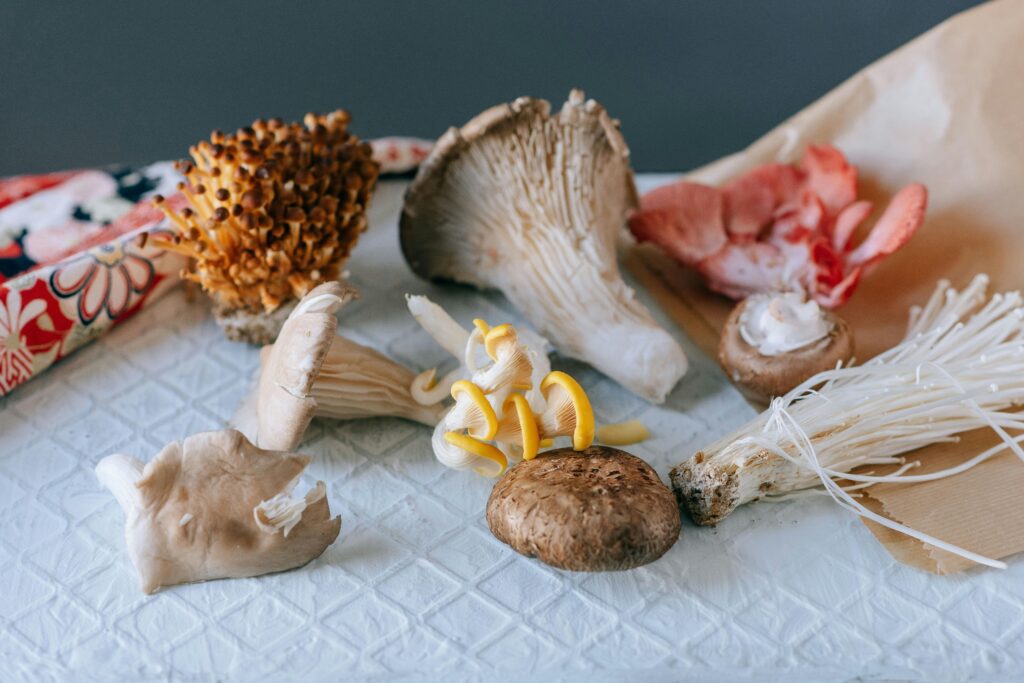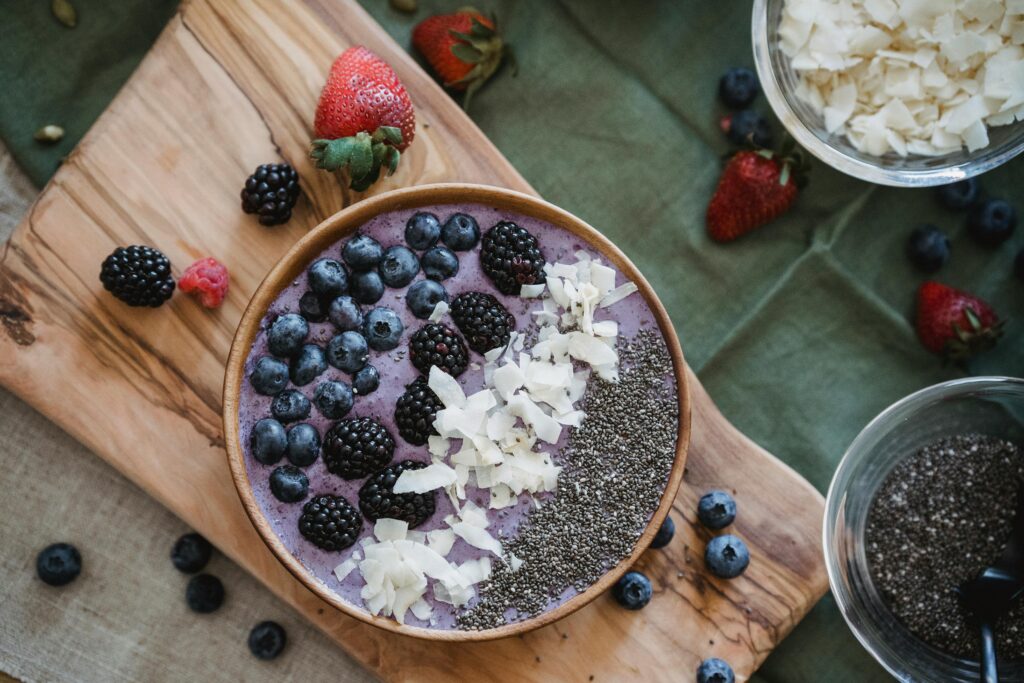There is something special about a kitchen that smells like dinner is on the way, especially when that dinner is doing your heart a favor. Most older adults I know want food that feels familiar, not fussy, yet they also want to keep blood pressure and cholesterol numbers in the safe zone. The good news is that you do not have to give up flavor or comfort to protect your ticker. Below you will find real dishes that my neighbor Ruth swears by, along with the science made simple and tips you can use today. Every recipe is tested by actual seniors who hate bland food, so you can trust the results. Grab a wooden spoon and let us cook something your heart will thank you for.

Breakfasts That Love Your Heart Back
Start the day with oatmeal that feels like dessert
Picture a warm bowl of oats that tastes like apple pie without the guilt. I simmer half a cup of old fashioned oats in unsweetened almond milk, then stir in a diced apple, a shake of cinnamon, and a spoon of chopped walnuts. The soluble fiber in oats grabs cholesterol in your gut and shows it the exit door. Apples bring pectin, another fiber that keeps arteries flexible. Walnuts add healthy fat that lowers bad LDL while giving your brain a boost. Ruth tops hers with a drizzle of honey because she says life is too short for boring breakfast.
Green smoothie that hides the veggies
Smoothies can be sugar bombs, but this one keeps blood sugar steady and your heart smiling. I blend a handful of spinach, half a frozen banana, a quarter cup of frozen blueberries, and a cup of unsweetened soy milk. Spinach hands over potassium and magnesium, two minerals that calm blood pressure. Blueberries bring anthocyanins, tiny warriors that fight inflammation inside artery walls. The banana makes it creamy and sweet so you forget you are drinking greens. If you hate cleaning the blender, pour it into a jar the night before and just shake and sip in the morning.
Egg white veggie scramble for protein without the punch
For years I thought yolks were the enemy, but the latest research says one whole egg a day is fine for most seniors. Still, this scramble uses mostly whites to keep saturated fat low while packing in the veggies. I sauté mushrooms, bell pepper, and spinach in a teaspoon of olive oil, then add three egg whites and one whole egg. A sprinkle of feta gives it a salty pop without pushing sodium through the roof. Eggs deliver choline, a nutrient that helps your brain chat with your heart. Serve it with a slice of whole grain toast and you have twenty grams of protein before nine AM.
Lunches That Make Afternoon Naps Easier
Hearty lentil soup that feels like a hug
Lentils cook fast, cost pennies, and they are gentle on blood sugar. I simmer a cup of green lentils with diced carrots, celery, onion, garlic, and a splash of low sodium vegetable broth. A bay leaf and a pinch of paprika turn humble ingredients into something that smells like Sunday dinner. Lentils bring plant protein and a truckload of fiber that sweeps extra cholesterol out of the bloodstream. Ruth freezes single portions in muffin tins, pops them out, and stores the pucks in a bag for quick reheats. Now add a squeeze of lemon right before serving to brighten every spoonful.
Mediterranean tuna salad minus the mayo
Traditional tuna salad can hide more mayo than fish, which is rough on aging arteries. My version mixes one can of no salt tuna with a tablespoon of extra virgin olive oil, the juice of half a lemon, diced cucumber, cherry tomatoes, and a spoon of capers. Olive oil gives you monounsaturated fat that lowers inflammation, while tomatoes bring lycopene that protects blood vessels. Scoop it onto baby spinach or stuff it into half a whole wheat pita. You get omega three fats without the fishy aftertaste, and cleanup is basically one bowl and a fork.
Sweet potato and black bean bowl that eats like comfort food
Roast a diced sweet potato at four hundred degrees until the edges caramelize, about twenty minutes. While that happens, rinse a can of black beans and warm them with cumin and a pinch of chili powder. Layer the beans and potato over brown rice, then add a spoon of salsa and a dollop of plain Greek yogurt for creaminess without sour cream. Sweet potatoes bring potassium that counters salty snacks you might have had yesterday. Black beans add resistant starch that feeds good gut bacteria, and those little guys send signals to your heart to relax.
Dinners That Feel Fancy Without the Fuss
Baked salmon with lemon and dill that flakes perfectly
Salmon has a reputation for being pricey, but frozen fillets taste great and cost less than fresh. I thaw two four ounce pieces, place them on a parchment lined tray, and top each with lemon slices and fresh dill. Bake at four hundred degrees for twelve minutes or until the fish flakes with a fork. Salmon delivers EPA and DHA, two omega three fats that keep heart rhythm steady. Pair it with steamed broccoli and a small baked potato for a meal under five hundred milligrams of sodium. Ruth likes to add a caper butter made with just a teaspoon of butter and a splash of pasta water so she still feels fancy.
Skinless chicken thighs with rosemary roasted vegetables
Chicken thighs stay juicy even if you forget them in the oven for an extra five minutes, which happens more than I like to admit. I toss baby carrots, zucchini, and red onion with addition of one tablespoon of olive oil, and black pepper. Nestle four skinless thighs among the veggies and roast at four twenty five for thirty minutes. The rosemary smells like a holiday and adds antioxidants that protect artery walls. Dark meat gives you a little more iron than breasts, helpful if your doctor keeps mentioning mild anemia. Leftovers reheat like a dream for tomorrow night.
Quinoa stuffed bell peppers that look like a restaurant plate
Cut the tops off four bell peppers and scoop out the seeds. Cook half a cup of quinoa in low sodium vegetable broth, then mix it with diced tomatoes, black beans, corn, and a pinch of oregano. Stuff the peppers, stand them in a baking dish with a splash of broth on the bottom, and cover with foil. Bake at three seventy five for forty minutes, then uncover for ten more so the tops brown. Quinoa brings complete plant protein and magnesium that helps blood vessels chill out. The peppers become tender sweet bowls that hold everything together without a drop of cheese needed.
Snacks and Desserts That Skip the Guilt
Crunchy roasted chickpeas that beat potato chips
You can drain and rinse a can of chickpeas, pat them dry, and toss with a teaspoon of olive oil, smoked paprika, and a tiny pinch of salt. Roast at four hundred degrees for thirty minutes, shaking the pan once so they crisp evenly. These little nuggets give you four grams of fiber per quarter cup, which keeps you full during the evening news. The crunch satisfies chip cravings without the saturated fat. Store them in a glass jar so you can see them and remember your good intentions.
Dark chocolate dipped strawberries for a romantic treat
Melt two squares of seventy percent dark chocolate in the microwave in twenty second bursts, stirring each time. Dip fresh strawberries halfway and place them on parchment to set. Dark chocolate brings flavonoids that relax blood vessels and improve blood flow. Strawberries add vitamin C and another dose of fiber. You get dessert for under one hundred calories if you can stop at three, which Ruth admits is sometimes a struggle. The red and black colors look gorgeous on a small plate if friends drop by.
Cottage cheese and pineapple for late night protein
Sometimes you just need something cold and creamy before bed. I mix half a cup of low fat cheese with half a cup of pineapple pieces canned in juice and drained. Cottage cheese brings casein protein that digests slowly and keeps muscle loss at bay while you sleep. Pineapple adds sweetness and bromelain, an enzyme that may calm inflammation. If cottage cheese feels too retro, swap in Greek yogurt, but keep the pineapple because it makes the whole snack taste tropical.
Smart Shopping Tips for Seniors on a Budget
Choose frozen produce without added sauces
Frozen fruits and vegetables are selected at their peak ripeness and cost a fraction of fresh out of season options. Look for bags that list only the vegetable or fruit on the ingredient label. You avoid the sneaky salt and sugar that manufacturers slip into sauces. Keep a few bags in the freezer so you can toss a handful into any recipe without a trip to the store. Ruth keeps frozen spinach cubes that she drops straight into soup and calls them her little green lifesavers.
Read labels for sodium sneaks
Packaged soups, sauces, and even bread can hide shocking amounts of sodium. Aim for items that say less than one hundred forty milligrams per serving, which legally counts as low sodium. Compare brands right in the aisle because the numbers can vary wildly. Your taste buds will adjust in about two weeks, and then overly salty food starts to taste like a salt lick. Bring reading glasses or use the camera zoom on your phone to save squinting at tiny print.
Buy in good Bulks and split with a friend
Big bags of brown rice, oats, and dried beans cost less per serving but can feel overwhelming for a single senior. Split the purchase with a neighbor or family member and store your half in airtight jars. Label each jar with the date so you use the oldest first. This trick keeps your pantry stocked for heart healthy meals without wasting food or money. Ruth keeps a masking tape roll in her kitchen drawer just for this purpose and claims it makes her feel like a warehouse boss.
Conclusion
Cooking for a happy heart does not have to mean sacrificing flavor or spending the whole day in the kitchen. The recipes above prove that simple ingredients, a few smart swaps, and a little planning can give seniors meals that feel comforting and familiar while quietly protecting the most important muscle in the body. Try one new recipe this week, freeze an extra portion, and share it with a friend because good food and good company are both good medicine. Your heart will keep the beat, and your taste buds will keep smiling.



